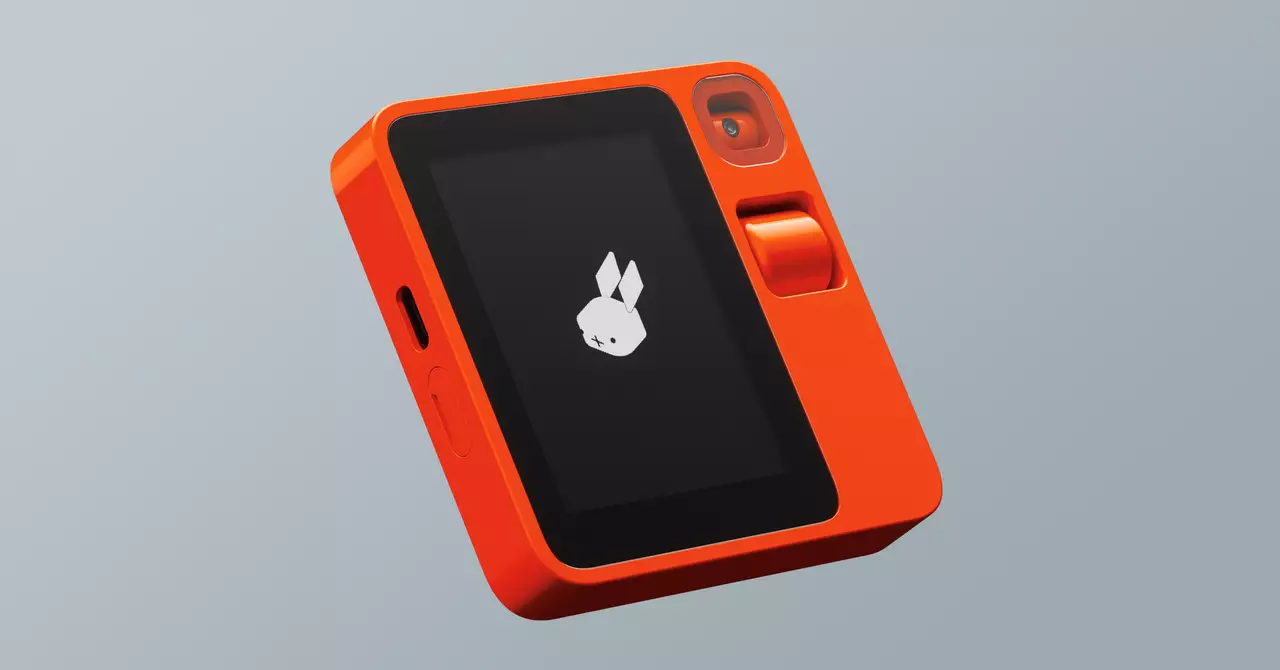The Teach Mode of Rabbit R1 allows users to instruct the robot on how to complete a task by pointing the camera at a computer screen. This feature aims to save users time and hassle by having the robot perform the task once it has learned it. Although this feature is not yet available to the public, Rabbit plans to start with a small group of users for beta testing. The goal of the R1 is to eventually replace traditional apps, making tasks more accessible with a simple voice command.
As of now, Rabbit R1 offers access to a limited number of third-party services, including Uber, DoorDash, Midjourney, and Spotify. Users can connect to these services through the Rabbit Hole web portal and then ask the R1 to perform various tasks, such as ordering food, calling a ride, or playing music. The R1 utilizes these services’ APIs to execute these tasks and has been pre-trained to use them effectively. According to Lyu, there are plans to introduce more features in the summer, such as an alarm clock, calendar, contacts, GPS, memory recall, and travel planning.
Rabbit’s overarching vision for the R1 goes beyond simply replacing apps on a smartphone. The company aims to create a seamless interaction between users and technology, where verbal commands are understood and executed without the need for manual input through apps. This vision includes the development of a wearable device that can interpret gestures and commands without explicit verbal cues. Additionally, Rabbit is working on generative user interfaces that allow users to customize their display and layout preferences, as well as an AI-native desktop operating system called Rabbit OS.
While Rabbit’s vision for the future of technology is ambitious and innovative, there are potential challenges and concerns that need to be addressed. One major concern is the security and privacy implications of logging into third-party services through Rabbit’s platform, as users are required to input their credentials. Additionally, the feasibility and effectiveness of a voice-based interface for all computing tasks is still unproven, as traditional apps and devices offer more robust and efficient functionality. The concept of a wearable device that can interpret gestures and commands raises questions about accuracy and user experience, especially in real-world scenarios.
Rabbit R1 presents an exciting glimpse into the future of human-computer interaction, with features like Teach Mode and app integration showcasing the potential for a more seamless and intuitive user experience. However, the success of Rabbit’s vision will depend on addressing challenges related to security, privacy, accuracy, and user adoption. As technology continues to evolve, Rabbit R1 has the opportunity to shape the way we interact with devices and applications in the digital age.


Leave a Reply